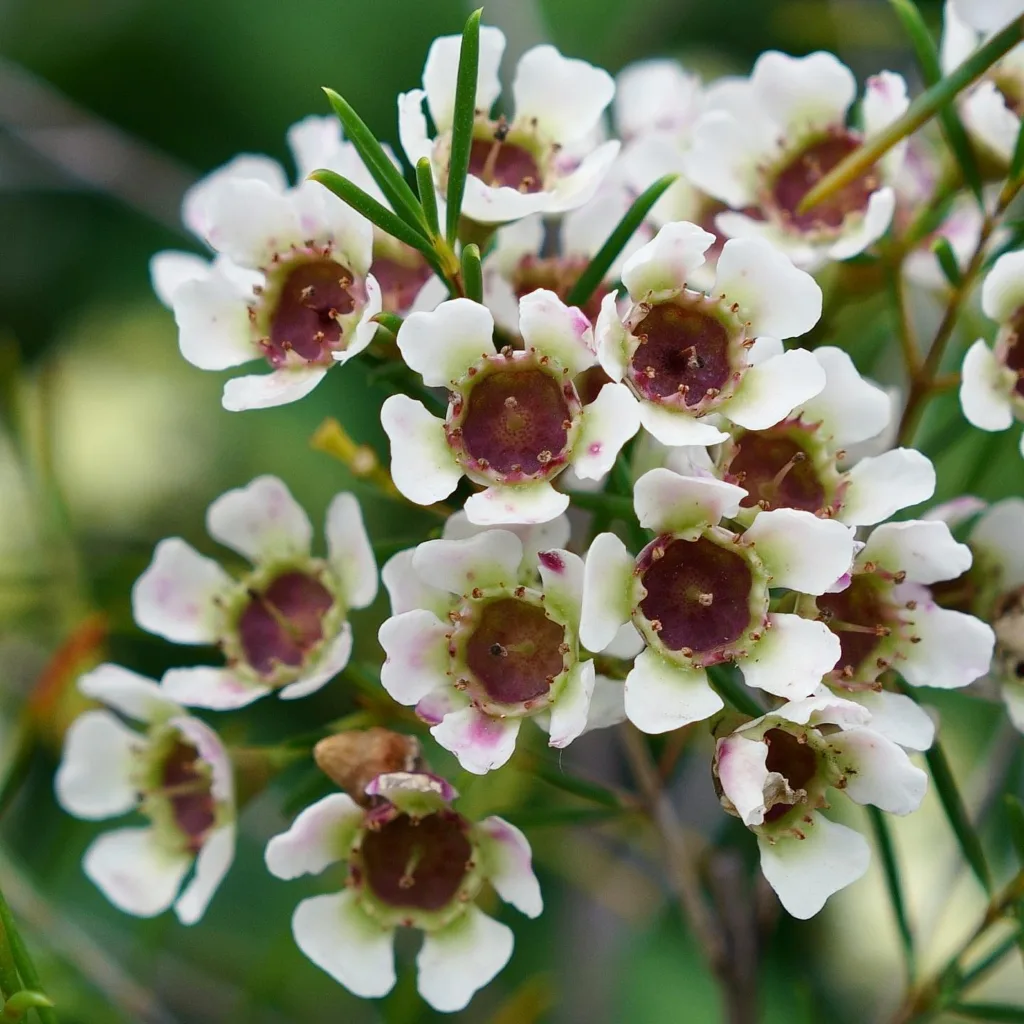
October 3 – Nephrolepis
"Nephrolepis, the Boston fern, defines October 3."
Nephrolepis symbolizes vitality and purification. You have a refreshing presence that revitalizes those around you. Like its lush, feathery fronds, you bring life and a sense of renewal to any environment.
My Fascination with Nephrolepis Ferns
As an avid plant enthusiast, I, Ferb Vu, have always been drawn to the lush greenery and vibrant diversity of the plant kingdom. Among my many horticultural interests, the genus Nephrolepis, commonly known as sword ferns or Boston ferns, holds a special place in my heart. These graceful ferns, with their cascading fronds and air-purifying qualities, have captivated plant lovers for centuries, and I am no exception.
A Closer Look at Nephrolepis
Nephrolepis belongs to the family Polypodiaceae and is characterized by its long, arching fronds that are typically once-pinnate, meaning they have a central stem with leaflets arranged on either side. These fronds can range in length from a few inches to several feet, depending on the species and growing conditions. The sori, or spore-producing structures, are found on the undersides of the fronds and are often arranged in neat rows.
One of the reasons I find Nephrolepis so fascinating is its adaptability. These ferns are native to tropical and subtropical regions around the world, but they have been cultivated and naturalized in many other parts of the globe. They can thrive in a variety of habitats, from humid forests to arid deserts, as long as they have access to adequate moisture and shade.
Diversity within the Genus
The genus Nephrolepis comprises over 30 recognized species, each with its own unique characteristics and charm. Some of the most well-known species include:
- Nephrolepis abrupta (Bory) Mett.
- Nephrolepis acutifolia (Desv.) Christ
- Nephrolepis arida D.L.Jones
- Nephrolepis × averyi Nauman
- Nephrolepis biserrata (Sw.) Schott – Plant FAQs: Nephrolepis Biserrata – Giant Sword Fern
- Nephrolepis brownii (Desv.) Hovenkamp & Miyam.
- Nephrolepis cocosensis A.Rojas
- Nephrolepis × copelandii W.H.Wagner
- Nephrolepis cordifolia (L.) C.Presl – 33 Species in Genus Nephrolepis
- Nephrolepis davalliae Alderw.
- Nephrolepis davallioides (Sw.) Kunze
- Nephrolepis dicksonioides Christ
- Nephrolepis equilatera A.Rojas
- Nephrolepis exaltata (L.) Schott
- Nephrolepis falcata (Cav.) C.Chr.
- Nephrolepis falciformis J.Sm.
- Nephrolepis flexuosa Colenso
- Nephrolepis grayumiana A.Rojas
- Nephrolepis × hippocrepicis Miyam.
- Nephrolepis hirsutula (G.Forst.) C.Presl
- Nephrolepis kuroiwae Makino
- Nephrolepis lauterbachii (Christ) Christ
- Nephrolepis × medlerae W.H.Wagner
- Nephrolepis obliterata (R.Br.) J.Sm. – Plant FAQs: Nephrolepis Obliterata – Kimberley Queen Fern
- Nephrolepis obtusiloba A.Rojas
- Nephrolepis paludosa (Raddi) Sehnem
- Nephrolepis pectinata (Willd.) Schott
- Nephrolepis pendula J.Sm.
- Nephrolepis pickelii Rosenst. ex A.Samp.
- Nephrolepis × pseudobiserrata Miyam.
- Nephrolepis radicans (Burm.f.) Kuhn
- Nephrolepis rivularis (Vahl) Mett.
- Nephrolepis undulata (Afzel. ex Sw.) J.Sm.
Why I Admire Nephrolepis
My admiration for Nephrolepis stems from several factors. First and foremost, I appreciate their aesthetic appeal. Their graceful fronds add a touch of elegance and tranquility to any space, whether indoors or outdoors. I find their cascading foliage to be particularly mesmerizing, creating a sense of movement and life.
Beyond their beauty, I also value Nephrolepis for their ease of care. These ferns are relatively low-maintenance and can thrive in a variety of conditions, making them suitable for both novice and experienced gardeners. They are also relatively resistant to pests and diseases, which is always a plus in my book.
Furthermore, I appreciate the air-purifying qualities of Nephrolepis ferns. Studies have shown that these plants can effectively remove harmful toxins from the air, such as formaldehyde and xylene, making them a healthy addition to any home or office.
My Experiences with Nephrolepis
Over the years, I have cultivated several Nephrolepis species in my own garden and home. I have found them to be remarkably resilient and adaptable, tolerating a range of conditions from bright indirect light to partial shade. I have also experimented with different propagation methods, including division and spore propagation, with varying degrees of success.
One of my most memorable experiences with Nephrolepis involved rescuing a neglected Boston fern from a local nursery. The fern was in a sorry state, with dry, brittle fronds and a sparse root system. However, with a little TLC and regular watering, I was able to nurse it back to health. Within a few months, the fern had regained its lush foliage and was thriving in its new home.
Conclusion
In conclusion, my fascination with Nephrolepis ferns runs deep. I admire their beauty, their adaptability, and their air-purifying qualities. They are a constant source of joy and inspiration in my plant-loving journey. Whether I am admiring their graceful fronds in my garden or propagating new plants from spores, I am always eager to learn more about this fascinating genus. I believe that Nephrolepis ferns deserve a place in every plant enthusiast’s collection, and I encourage everyone to experience the joy of cultivating these remarkable plants.
If i die, water my plants!



